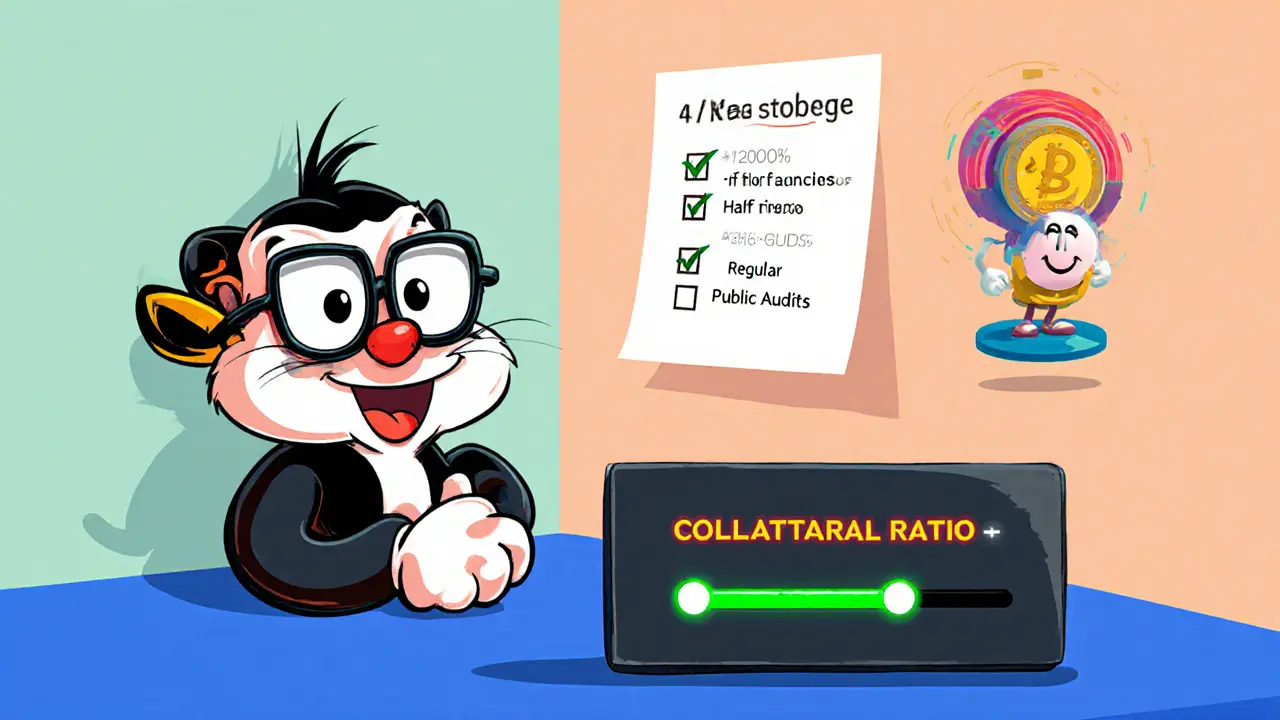Collateral Risk in Crypto and DeFi
When dealing with collateral risk, the chance that an asset used to back a loan loses value enough to trigger liquidation. Also known as security risk, it matters across crypto lending, margin trading, and traditional finance. In simple terms, if the value of your pledged crypto drops fast, the platform may sell it to cover the loan. That’s why keeping an eye on price swings and loan‑to‑value ratios is a daily habit for borrowers.
In decentralized finance (DeFi) lending, users borrow assets by pledging crypto as collateral, the health of the loan hinges on tokenomics. A token’s supply schedule, inflation rate, and utility affect its price stability. When tokenomics are weak, price volatility spikes, pushing the loan closer to liquidation. That’s why projects with solid token‑governance and clear utility tend to generate lower collateral risk.
Blockchain finality, the point at which a transaction is considered irreversible adds another layer. Faster finality means trades settle quickly, reducing the window for price manipulation. However, some high‑speed blockchains trade security for speed, raising the odds that an attacker could affect a collateral price before it’s locked in. Understanding the finality model of the chain you’re using helps gauge how quickly you need to react to market moves.
Regulatory compliance is the fourth piece of the puzzle. Regulatory compliance, adherence to local laws and licensing rules for crypto activities can dictate which assets are accepted as collateral and what margin requirements apply. Jurisdictions that enforce strict capital‑adequacy rules often force platforms to over‑collateralize loans, which lowers the borrower’s exposure but raises the platform’s risk if the asset’s value tanks.
Key Factors That Drive Collateral Risk
First, collateral risk encompasses loan‑to‑value ratios. A higher ratio leaves less cushion, so a modest price dip can wipe you out. Second, tokenomics influences price stability; tokens with clear use‑cases and controlled emissions tend to hold value better. Third, the finality speed of the underlying blockchain determines how quickly a price move can be reflected in the system. Finally, regulatory frameworks shape what you can pledge and how much you need to keep on reserve.
Most DeFi platforms try to balance these factors with automated liquidation bots. The bots watch market prices, compare them to the loan‑to‑value threshold, and trigger a sell‑off when needed. While bots protect lenders, they can also cause flash‑crash cascades if many positions get liquidated at once. Knowing how the bot works and setting conservative buffers can save you from a sudden wipe‑out.
Another practical tip is to diversify your collateral across assets with low correlation. If you only pledge a single volatile token, a market‑wide correction could wipe you out. Mixing stablecoins, utility tokens, and even tokenized real‑world assets spreads the risk and gives you more time to react to price changes.
Keep an eye on market sentiment and upcoming protocol upgrades. A major upgrade can unlock new token utility, boosting price, or it can introduce bugs that temporarily destabilize the market. Following official dev channels and community forums helps you anticipate these shifts before they affect your collateral.
Lastly, stay updated on regulatory announcements in your jurisdiction. New licensing requirements or tax rules can force platforms to adjust collateral thresholds, which may impact your existing positions. Proactive compliance means you won’t be caught off‑guard by a sudden policy change.
By understanding how tokenomics, blockchain finality, loan‑to‑value ratios, and regulatory compliance intersect, you can manage collateral risk more effectively. Below you’ll find a curated set of articles that dive deeper into each of these aspects, from fast‑finality trade‑offs to multi‑factor authentication and beyond. Explore the collection to sharpen your strategy and keep your portfolio safe.

